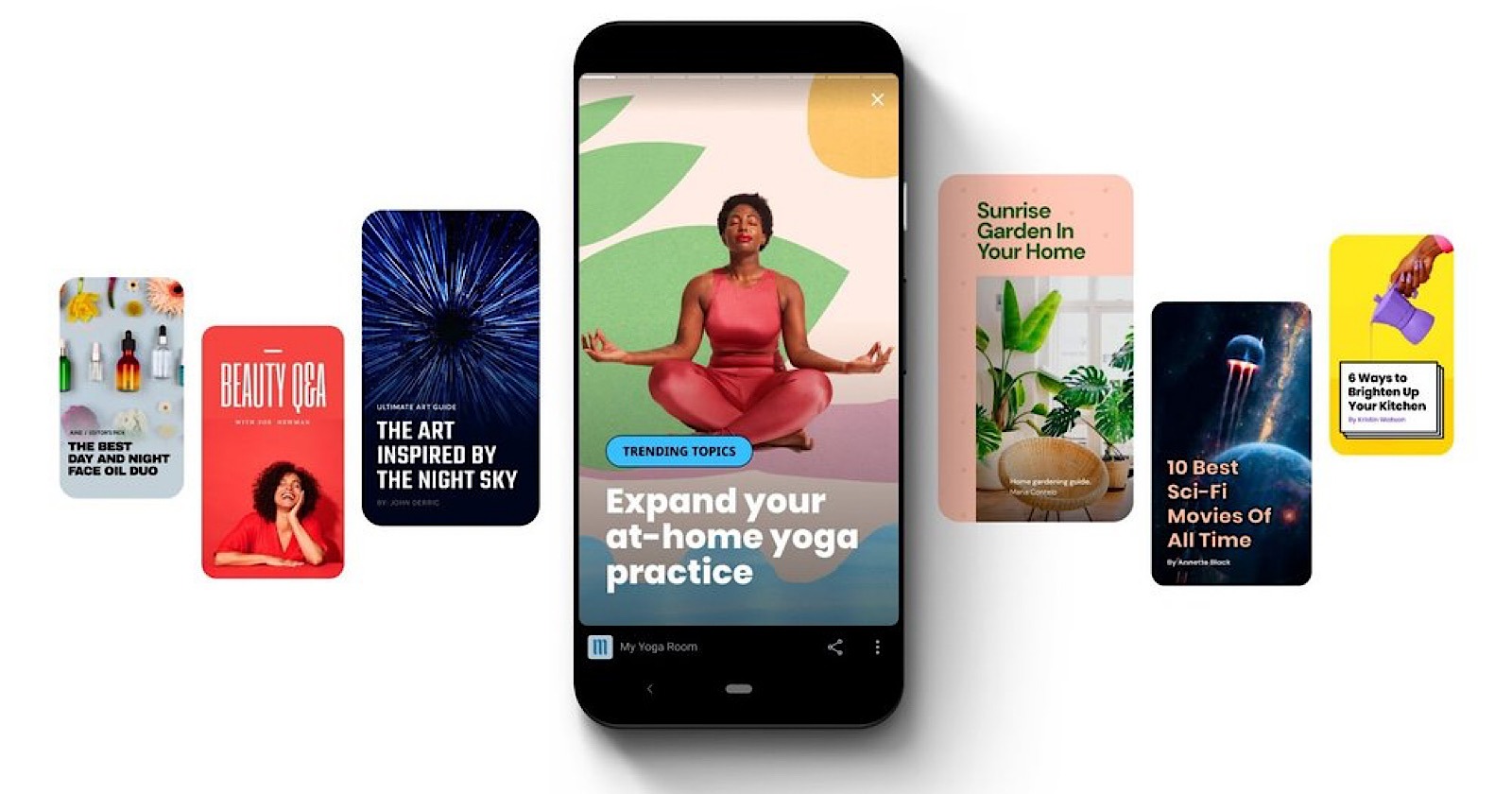Web Stories vs Social Stories
How to increase the speed of software development?
What are Web Stories? Google Web Stories is the newest platform to add a story element to content creation, joining a growing number of others. Google Web Stories are different from social network stories. In that they give brands and organizations a one-of-a-kind opportunity to create immersive content. And that can be found via Google …
Behind The Scenes STADIEM
What are Web Stories? Google Web Stories is the newest platform to add a story element to content creation, joining a growing number of others. Google Web Stories are different from social network stories. In that they give brands and organizations a one-of-a-kind opportunity to create immersive content. And that can be found via Google …



